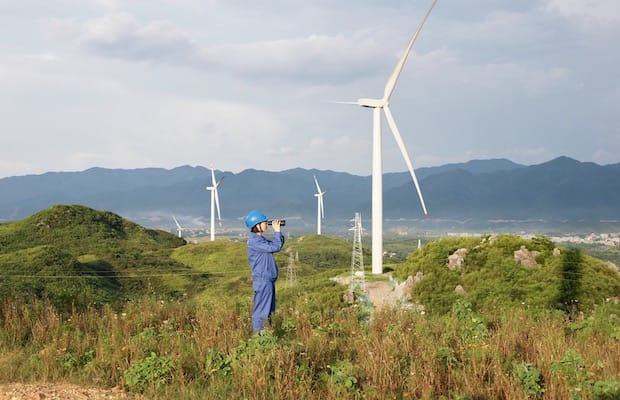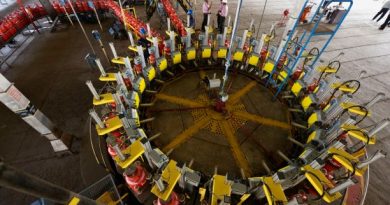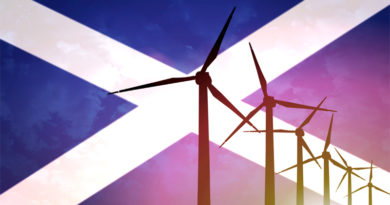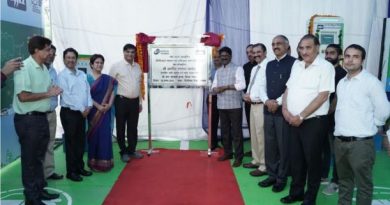Repowering. As Wind Energy Gains in Europe, Can India Learn?
 Out with the Old, In with the New
Out with the Old, In with the New
A wind energy deal late last week has provided food for thought to policy makers in India too.
A collective, or cooperative of close to 200 farmers in the Netherlands have managed to get funding to build one of the largest onshore wind farms in the country. the money will be used to replace over 200 wind mills, with new, state of the art wind turbines. The rated output from the new turbines is close to 322 MW
The farmers had set up a firm, Windpark Zeewolde BV that got the 500 million euro loan from Rabobank .
In India, ‘repowering’ has barely scratched the surface, although the potential is huge.A study commissioned in 2018 by the Indo German Energy Forum Support Office, conducted by Mumbai-based IDAM Infrastructure advisory, has some more interesting facts. Over 10 GW of installed capacity of wind Turbines with less than 1 MW capacity are installed in high quality class 1 sites . Another 2.5 GW has less than 500 KW turbine capacity.
That simply means that besides an obvious market for replacing these old turbines, the same sites offer the opportunity to more than double power generation by upgrading to the modern turbines, typically rated for a capacity of 2.5 to 3 MW , and a CUF (capacity utilisation factor) of 25-30% and higher, as compared to 15% or lower on the older models.
With much higher productivity and output, issues such as fractional ownership of older wind turbines (due to tax benefits on those at the time) , and conditions such as owners consuming at least 51 percent of output are considered obstacles. On the other hand, for the wind sector, removal of such bottlenecks means access to class 1 sites, a solid runway for at least 10-12 GW of installations and with higher RPO obligations kicking in soon, an opportunity for discom backing too. States like Maharashtra, Gujarat, Tamil Nadu and Karnataka, especially the former, have much to gain from a new focus here. With fresh wind energy at between Rs 2.70 to Rs 3.20 fro these installations,energy costs remain comfortably below what these states pay for their overall need right now.
Thus, with many coal powered thermal plants nationwide set to be shut ideally over the next five years (49, according to power Minister R.K. Singh), there is a strong case to consider repowering these wind installations as a faster, cheaper, and greener option, than any further efforts to prolong the life of polluting thermal plants.




